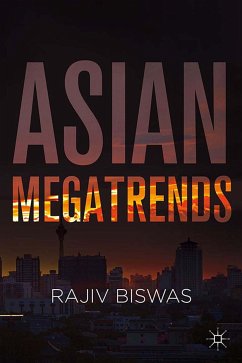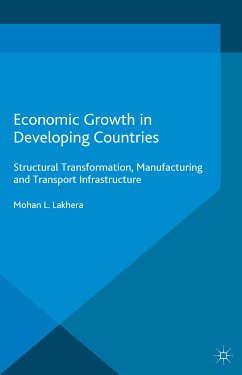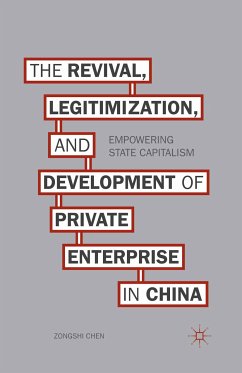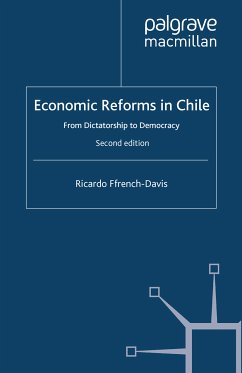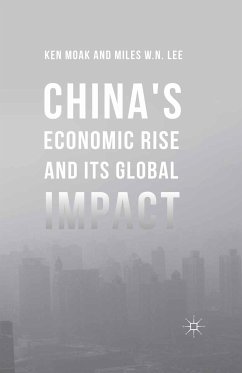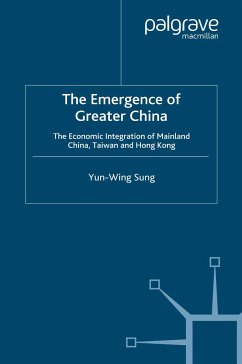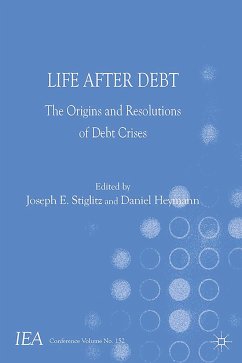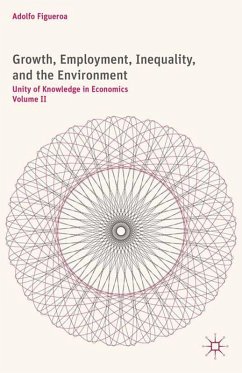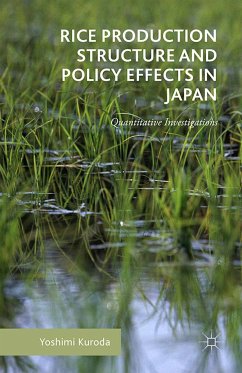
Rice Production Structure and Policy Effects in Japan (eBook, PDF)
Quantitative Investigations

PAYBACK Punkte
36 °P sammeln!
Kuroda uses quantitative measures to investigate the rice production structure and effects of agricultural policies in Japan over the second half of the 20th century. Almost all policies have played negative roles in transferring paddy lands from small- to large-scale farms, which has slowed down to modernize the rice sector.
Dieser Download kann aus rechtlichen Gründen nur mit Rechnungsadresse in A, B, BG, CY, CZ, D, DK, EW, E, FIN, F, GR, HR, H, IRL, I, LT, L, LR, M, NL, PL, P, R, S, SLO, SK ausgeliefert werden.



